Top 5 mind-blowing temple legends from Odisha that locals swear are true
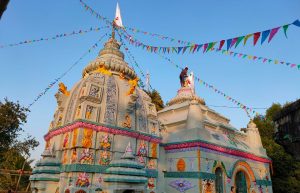
By Patit Mandal, OP
Beyond the grand spires of Puri and Bhubaneswar, a quieter narrative unfolds, one where folklore breathes through fading stone and belief turns the ordinary into the divine.
These lesser-known sites may lie off the tourist map, but for locals, these legends are not just tales — they are living truths, passed down through generations and etched into daily rituals.
Here’s a list of the five most intriguing temple tales in Odisha:
Balunkeswar temple, Gaisama
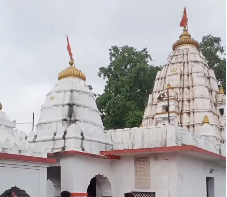
Located in the serene village of Gaisama in Odisha’s Bargarh district, the Balunkeswar temple is wrapped in an intriguing legend.
Centuries ago, King of Sambalpur Abhaya Singh halted at Gaisama while heading to Patnagarh. After a morning bath in Jira River, he visited the temple unexpectedly. The priest, unprepared and flowerless, nervously offered a bloom from behind his ear to the king so that the latter could offer to Lord Shiva.
The king, spotting a hair in the flower, demanded an explanation. Trembling, the priest claimed it came from Lord Balunkeswar’s own head. Furious, the king vowed to punish him unless the claim proved true by morning. That night, the priest prayed earnestly. To everyone’s astonishment, a hair appeared on the deity’s head by dawn. Suspecting it to be false hair, the king tugged it and the next second, milk flowed from the idol. Awed, the king bowed in reverence. To this day, villagers recall how a god’s strand saved a man’s life and affirmed divine presence in stone.
Hingula temple, Gopalprasad
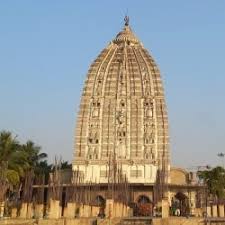
In Gopalprasad village of Talcher, the goddess Hingula is revered as the fiery, non-vegetarian sister of Lakshmi, the divine consort enshrined in Puri. During the annual Hingula Yatra, it is said that the rituals begin in Talcher when the Jagannath temple of Puri remains closed, allowing Hingula’s spirit to travel to Gopalprasad.
Legend links her to the royal legacy of Talcher. When King Padmanabha Harichandana waged war against the ruling Nalas, the goddess advised him to sacrifice a Kaivarta (fisherman) — a devotee of Taleswari in Talcher — to ensure victory. The king obeyed, offering the man’s head in ritual sacrifice. Subsequently, the Nalas were defeated and the Hingula cult was forever bound to the royal court of Talcher — a fiery goddess demanding fierce loyalty and a tale of blood that still echoes in festival drums.
Harishankar temple, Bolangir

High on Gandhamardan hill, the 15th-century Harishankar temple embodies the mystical union of Shaivism and Vaishnavism. Built by Queen Durlabha Devi of Chauhana dynasty, it is more than just a marvel of faith — it is a story etched in dreams.
Local lore tells of a Khond tribesman who, while digging for roots, uncovered a mysterious stone and a spring bubbling beneath it. That night, Lord Shiva appeared in his dream, revealing his presence at that very spot. The old man rushed to share the vision with the king, only to discover the ruler had the same dream. Interpreting the divine signal, a temple was erected where stone and spring met, enshrining Shiva in a space where the spiritual and earthly realms touched.
The Harishankar temple remains a powerful symbol of nature, faith, and the mystical dreams that unite both king and commoner.
Bhairaba temple in Boriguma, Koraput
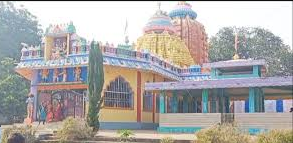
Amid the ruins of an ancient fort near Boriguma, a shrine dedicated to Bhairaba whispers of supernatural happenings. A Dehuri, or tribal priest, once climbed a nearby hill to offer prayers at a now-lost shrine. After worshipping, he attempted to carry water back in a metal pot but mysteriously couldn’t move beyond the hill’s base. When he returned to the shrine, he saw spectral beings sharing his offerings. Terrified, he hid behind a bush but was spotted and summoned. Hearing his innocent plea, the spirits forgave him and warned that no human should approach that sacred site again, as it was too perilous. They hurled the pot downhill, declaring that where it landed would become their new abode. It came to rest at the base of the hill, where the present Bhairaba shrine now stands. A weathered stone with a depression still lies there, said to be the resting place of that enchanted pot.
Baladevjew temple, Kendrapara
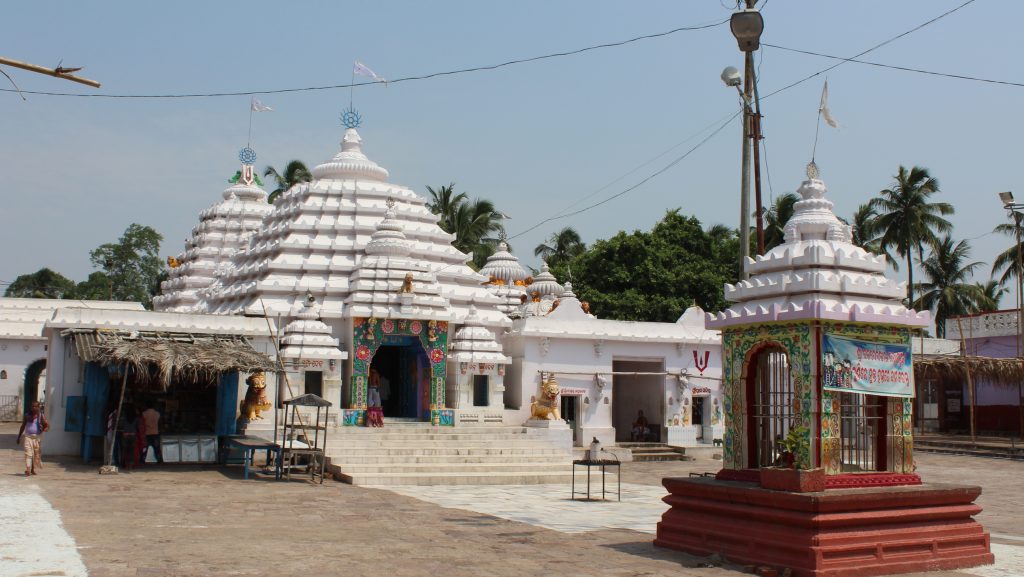
In the sacred town of Kendrapara stands the Baladevjew temple, echoing with a tale that ties myth to geography.
When the Mahabharata war raged, Balarama, elder brother of Krishna, chose pilgrimage over battle. Seeking to vanquish demons in southern Bharatavarsha, he arrived at Jajpur by the Baitarani River. There, Brahmins lamented the cruelties of a demon named Kandarasura. Balarama, stirred by their plight, confronted and defeated the demon. He then married Tulasi, Kandarasura’s daughter, who requested that a shrine be built in his honour. Balarama agreed, promising that during Kaliyuga, he would be worshipped as ‘Manivigraha’ in wooden form. His idol was later discovered by Sidha Das, a devout follower, in a Tulasi grove. Today, the Baladevjew temple, richly adorned and aligned with the Jagannatha tradition, stands as a symbol of protection, peace, and divine promise, its rituals mirroring those at Puri, preserving a legend rooted in cosmic duty.
These tales may not find space in textbooks, but they remain etched in community memory and ritual. As cultural custodians fight to preserve heritage, such stories of Odisha’s quieter temples offer more than curiosity, they provide context, identity, and continuity.
News